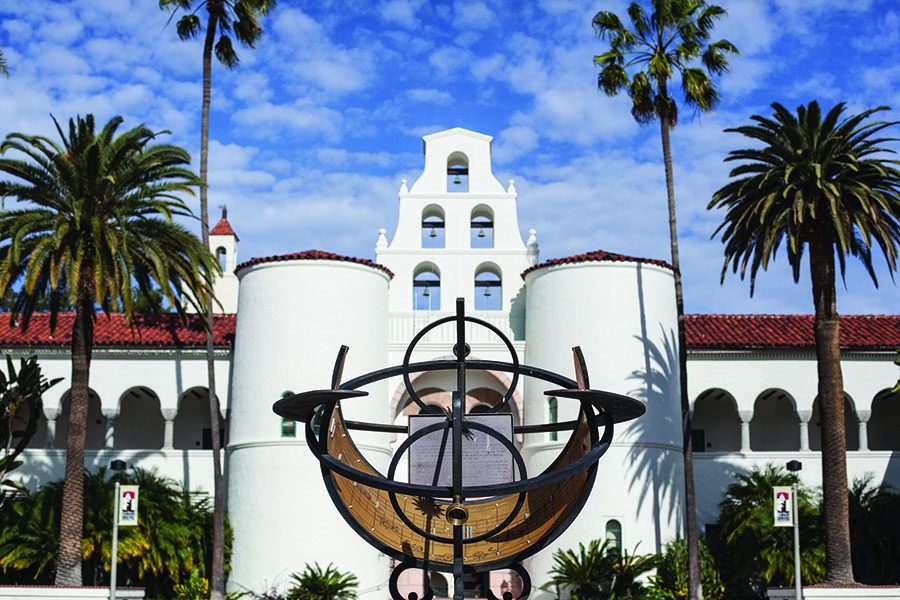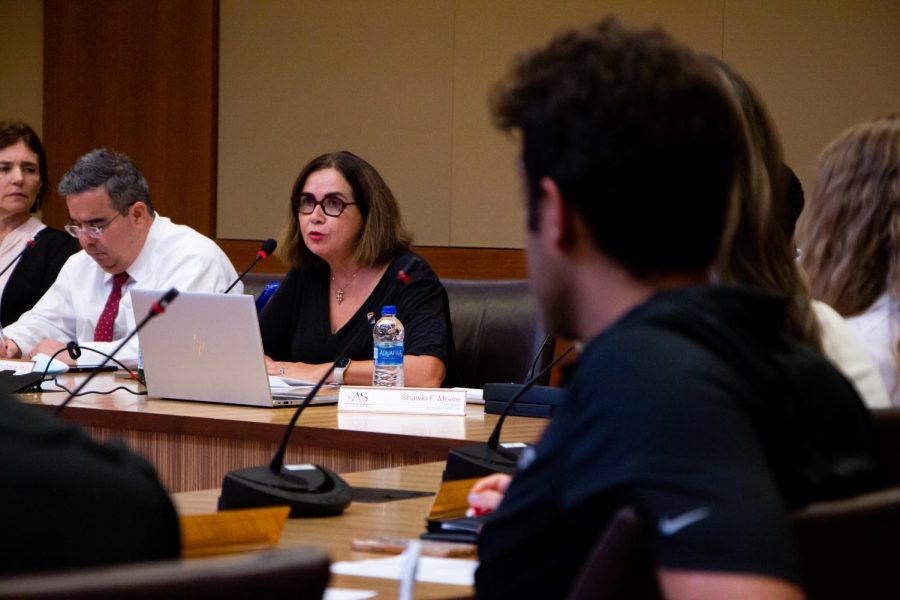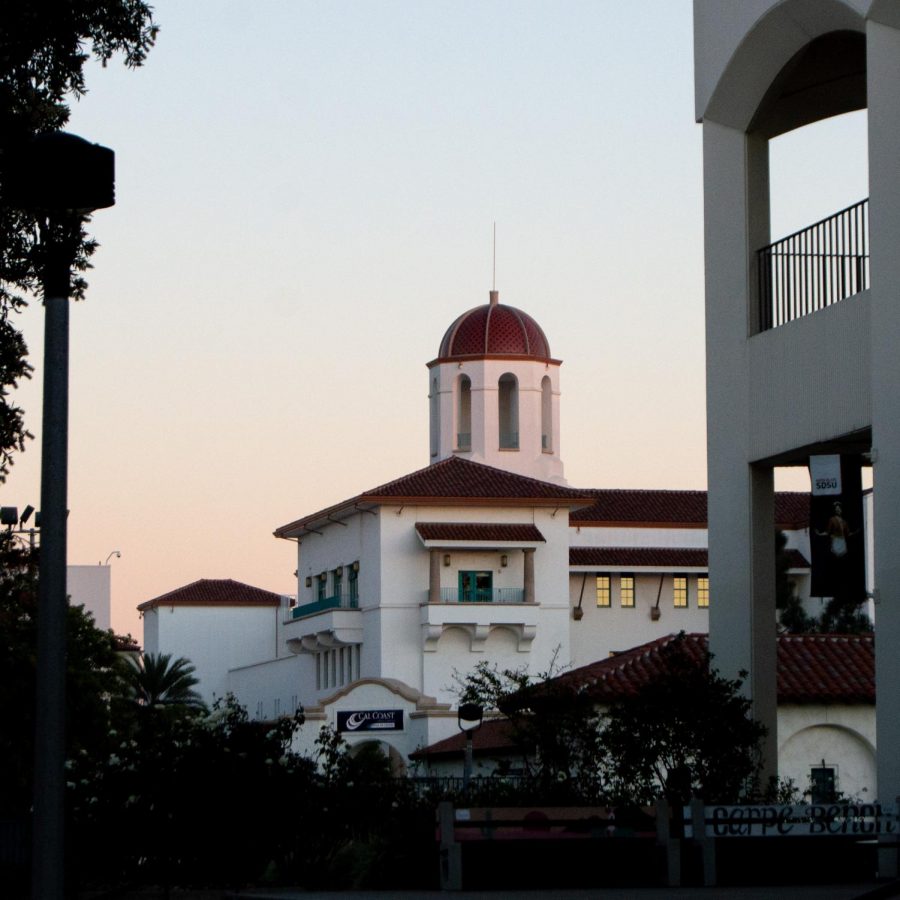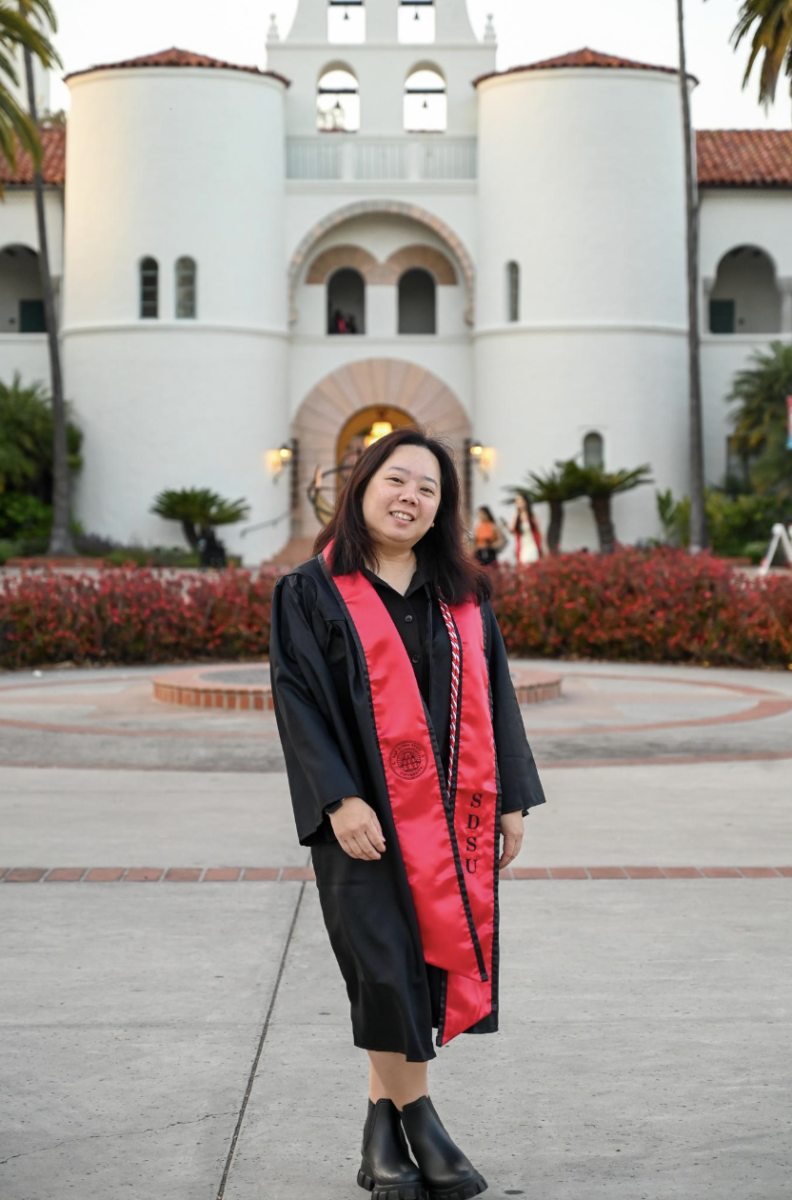In 1955, the city of San Diego gave the University of California system a more-than-2,000-acre site in La Jolla overlooking the Pacific Ocean.That site would open as UC San Diego in 1960 and would help turn the San Diego region into an economic powerhouse for decades to come.
When the Chargers left for Los Angeles last year, the city was presented with a similar opportunity. The aging stadium the Chargers played at since the Johnson administration, known at various times as Jack Murphy, Qualcomm or SDCCU, was suddenly without its biggest tenant.
The land was ripe for redevelopment. And what better use is there for the 166-acre site than to give it to another major institution of higher education?
San Diego State has enrollment numbers roughly similar to those of UC San Diego.
And despite that, SDSU sits on a much smaller campus than its cousin to the west.
With its 35,000 students, SDSU has the population of a small town. It isn’t in the process of outgrowing its 300-acre campus on Montezuma Mesa. It already has.
SDSU needs to expand, and the SDCCU Stadium site is quite possibly the only place in built-out San Diego that will become available to the university in the next century.
The war between Measure G, the ballot initiative that would authorize the city to sell the SDCCU Stadium site to SDSU, and Measure E, the initiative that would allow the site instead be leased to an independent investors group promising to bring a Major League Soccer team to San Diego, has been in full swing for months.
Signs advocating for both sides have appeared all around San Diego.
Both campaigns have taken out advertisements in The Daily Aztec.
It’s fair to say plenty of questions remain on both.
For one, it’s worth noting there’s an amount of vagueness in both measures regarding what will ultimately be built on the SDCCU Stadium site.
SDSU has published a plan called “SDSU Mission Valley” – not to be confused with SDSU West, which is the name mentioned in the ballot measure the university technically has no association with – detailing how it would use the stadium site if it were to be acquired, whether through Measure G or by other means.
The plans include a new stadium that could be used for Aztecs football, as well as housing for students and faculty, among other uses.
But the final details of the site’s development wouldn’t be known until a campus master plan revision and California Environmental Quality Act review have been performed and the CSU Board of Trustees has granted its approval.
On the other side, Measure E would create a specific plan for the site that would allow FS Investors – the La Jolla-based group that would lease the stadium site – to build various retail, entertainment and residential uses, along with an MLS stadium.
But there’s no guarantee a soccer team will come to San Diego, and there’s no guarantee any specific development will be built within the constraints of the specific plan.
Despite the uncertainty, Measure G is a step in the right direction for SDSU and the greater San Diego community.
Mission Valley is already a congested, car-centric labyrinth of poorly-planned shopping centers, homes and apartments. And that’s exactly what the backers of Measure E will seek to bring to the SDCCU Stadium site if it passes.
Additionally, if Measure E passes, anything that is built won’t have to be debated and voted on in a public forum because the implementation of a specific plan bypasses that.
More than 60 percent of SDSU graduates stay in San Diego, and they contribute billions to the local economy annually.
When faced with the choice between adding more urban sprawl to Mission Valley or creating a satellite campus for a university that educates a large chunk of the San Diego workforce, the decision should be clear.
Of course, there’s also a third option – voters can choose to vote ‘no’ on both measures.
Given the uncertainty, the Editorial Board would have no qualms with a voter who chooses that option.
But it’s obvious to us the right choice for students is to vote ‘yes’ on Measure G and ‘no’ on Measure E.









